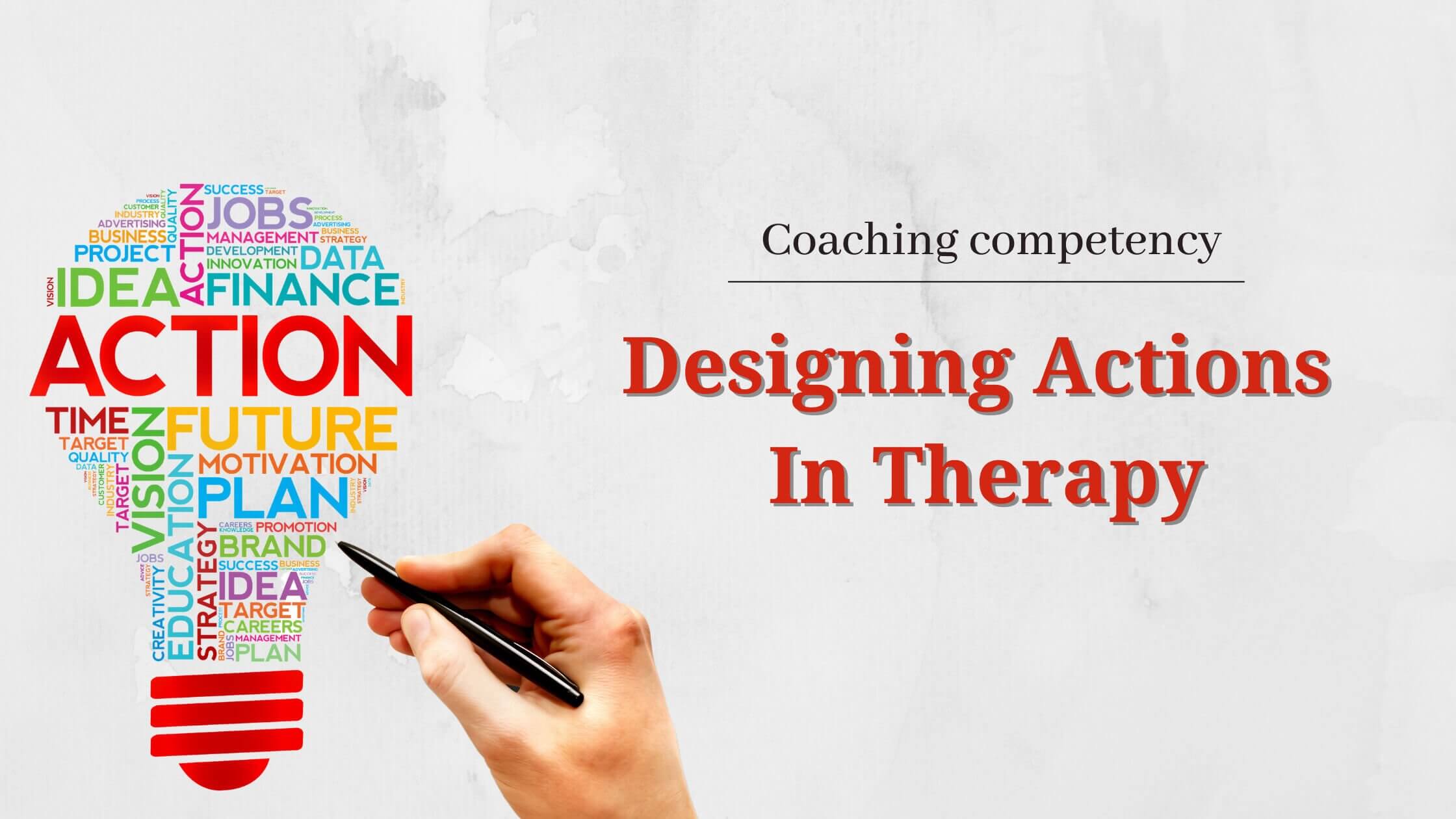Are you grappling with the challenge of guiding clients from insight to action? As a coach or psychologist, are you striving to bridge the gap between client aspirations and tangible progress?
In the realm of coaching and therapy, the competency of Designing Actions stands as both pivotal and perplexing. It’s the crucial link between client goals and actual achievements, yet mastering this skill proves elusive for many practitioners.
Join us as we unravel the complexities of the competency of helping clients design actions competency, equipping practitioners with the tools to bridge the gap and guide clients toward their desired outcomes. Let’s embark on this journey of exploration and empowerment, unlocking the potential of action design in coaching and therapy.
Understanding the ‘Designing Actions’ Competency

Helping clients design actions transcends mere task-setting; it embodies a strategic orchestration of steps tailored to individual needs, motivations, and contexts. This multifaceted competency encompasses:
- Personalization: Tailoring action plans to align with the client’s unique characteristics and readiness for change.
- Realism: Crafting achievable actions that propel clients toward success while grounding them in practicality.
- Engagement: Designing tasks that captivate and motivate, fostering sustained commitment and enthusiasm.
- Flexibility: Incorporating adaptability into plans, allowing for seamless adjustments in response to feedback and evolving circumstances.
Mastering this competency empowers practitioners to effect profound transformations, empowering clients to navigate their journeys with confidence and purpose.
Developing ‘Designing Actions’ Skills

To excel in action design, practitioners must hone a nuanced approach that fosters progress and engagement. Key techniques include:
- Understanding Client Motivations: Aligning actions with client values and aspirations to enhance engagement and commitment.
- Establishing Clear Objectives: Setting specific, measurable goals as the foundation for actionable steps.
- Building Incremental Steps: Breaking down objectives into manageable tasks to facilitate steady progress and prevent overwhelm.
- Fostering Creativity: Encouraging innovative thinking to devise personalized, enjoyable tasks that resonate with clients.
Implementing these strategies not only amplifies clients’ agency but also equips them with the tools to sustain their growth beyond the coaching or therapeutic engagement.
Applying ‘Designing Actions’ in Your Practice
Integrating action design into practice requires intentionality and adaptability. Practitioners can implement this competency effectively by:
- Collaborative Action Planning: Involving clients in co-creating action plans to ensure alignment with their values and capabilities.
- Strategic Incremental Progress: Designing step-by-step actions that build momentum toward larger goals, ensuring measurability and manageability.
- Task Variation and Adjustment: Introducing variety and flexibility into plans to sustain engagement and responsiveness to change.
- Consistent Monitoring: Establishing regular check-ins to track progress, celebrate achievements, and recalibrate strategies as needed.
By addressing potential obstacles and fostering self-motivation, practitioners can empower clients to navigate their journeys with confidence and resilience.
The Cognitive Hypnotic Edge
The Cognitive Hypnotic Coaching (CHC) framework offers a transformative approach to action design, blending traditional coaching techniques with insights from cognitive psychology, hypnotherapy, and neuro-linguistic programming (NLP). CHC enriches the process by:

- Utilizing Hypnotic Goal Setting: Creating vivid mental roadmaps that solidify commitment and motivation toward goals.
- Behavioural Experimentation: Encouraging clients to explore new behaviours in a safe environment, fostering experiential learning and confidence.
- NLP Outcome Framing: Crafting actions using positively stated, sensory-rich language grounded in the client’s experience.
- Metaphoric Associations: Assigning symbolic meaning to tasks to enhance engagement and impact.
- Submodalities Work: Adjusting mental representations to make tasks more appealing and approachable.
- Strategic Dissociation and Association Techniques: Utilizing dissociation and association to manage emotions and reinforce positive states.
Conclusion: Unlocking Potential Through Action
In conclusion, mastering the art of Designing Actions is paramount for practitioners seeking to empower clients on their journey of growth and transformation. This competency embodies the essence of applied change, translating insight into tangible progress and aspirations into lived realities.
With the Cognitive Hypnotic Edge offered by the CHC framework, practitioners can elevate their practice, guiding clients toward fulfillment and purpose with precision and compassion.


